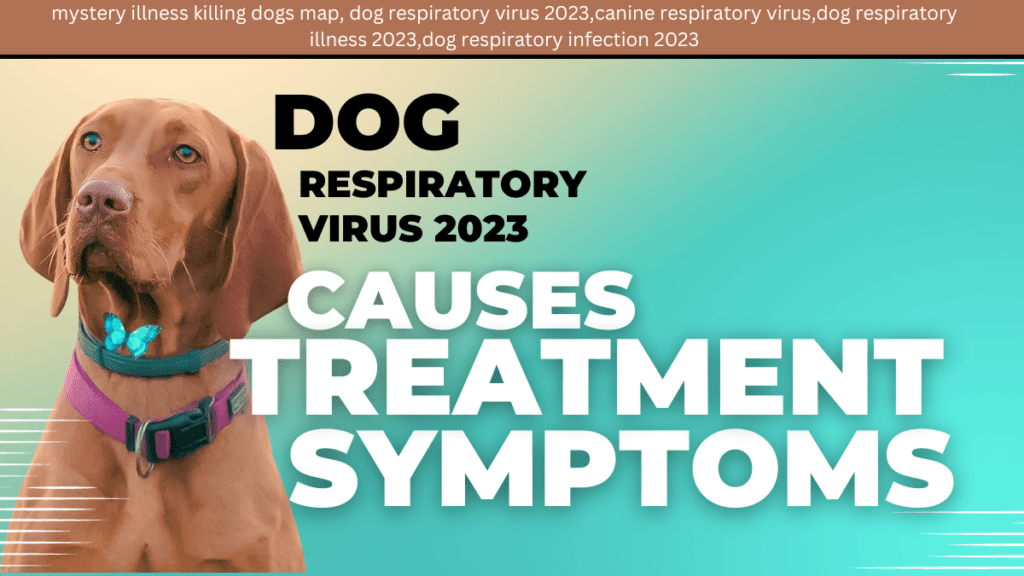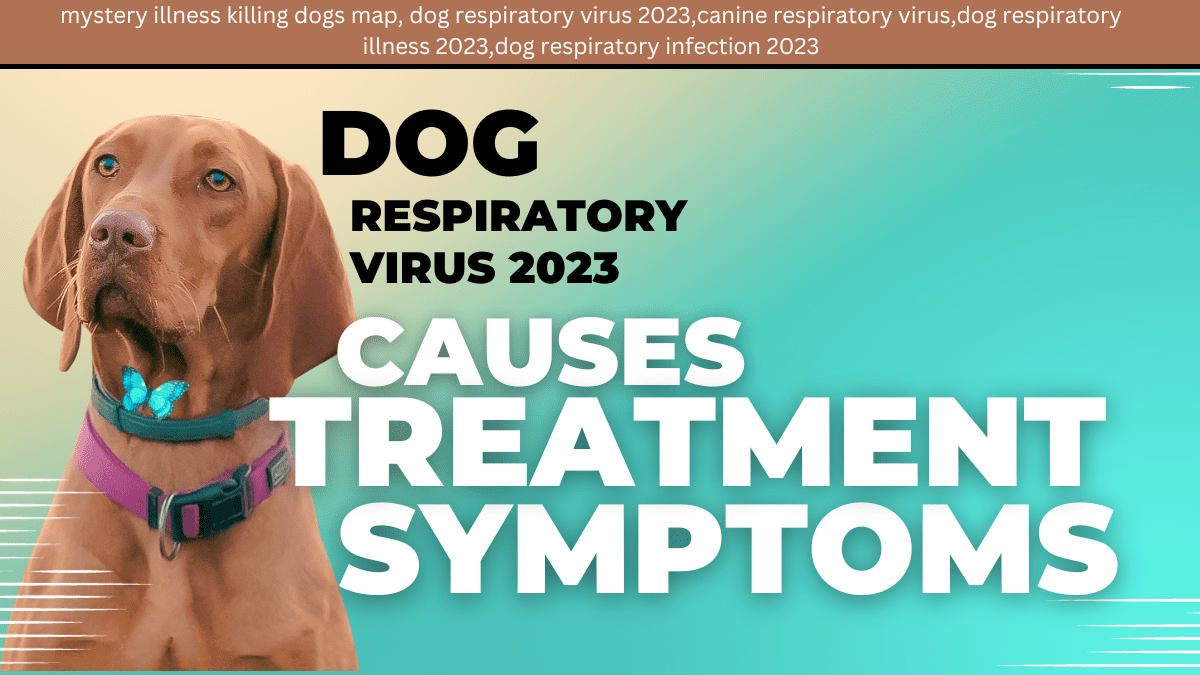Contents
The Dog Respiratory Virus 2023: Causes, Symptoms, and Treatment
Dog Respiratory Virus 2023 – The dog respiratory virus 2023, also known as DRV-23, is a highly contagious illness that primarily affects the respiratory system of dogs . Imagine your furry companion, full of energy and joy, suddenly struggling to catch its breath. This alarming scenario is a harsh reality for dog owners facing the dog respiratory virus 2023, a contagious illness that has been causing concern among pet lovers and veterinarians alike. In this article, we will delve into the depths of this virus, unveiling its origins, symptoms, and treatment options to help you safeguard your beloved four-legged friends.

Unveiling the Dog Respiratory Virus 2023
The dog respiratory virus 2023, also known as DRV-23, is a highly contagious illness that primarily affects the respiratory system of dogs. This virus emerged in 2023 and has become a cause for concern within the canine community. Similar to other respiratory viruses, DRV-23 spreads through respiratory secretions, such as saliva or droplets from sneezing, coughing, or close contact with infected dogs.
Symptoms of DRV-23
Recognizing the symptoms of DRV-23 is crucial for early detection and timely treatment. Keep a close eye on your furry friend for the following signs:
- Persistent coughing: Dogs infected with DRV-23 may develop a dry, hacking cough that persists for an extended period.
- Sneezing and nasal discharge: Increased sneezing and nasal discharge are common indicators of the virus.
- Lethargy and reduced appetite: Affected dogs may display a lack of energy and appetite.
- Labored breathing: Difficulty in breathing, including rapid breathing or panting, may be observed.
- Fever: Elevated body temperature, typically above 103°F (39.4°C), may indicate the presence of DRV-23.

Callout: “Early recognition of DRV-23 symptoms is key to ensuring prompt treatment and minimizing its spread within the canine community.”
Diagnosis and Treatment
Upon suspecting DRV-23 in your furry friend, it is essential to consult a veterinarian for an accurate diagnosis. The vet will likely perform a thorough physical examination, evaluate the medical history, and conduct relevant tests, such as a nasal swab or blood analysis.
Once the diagnosis is confirmed, treatment options aim to alleviate the symptoms and support the dog’s immune system throughout the recovery process. It is important to note that there is no specific antiviral medication available for DRV-23. Therefore, treatment generally focuses on:
- Symptomatic relief: Veterinarians may prescribe cough suppressants or bronchodilators to ease respiratory distress and coughing.
- Supportive care: Ensuring adequate rest, hydration, and nutrition plays a vital role in promoting recovery.
- Prevention of secondary infections: Antibiotics might be prescribed to tackle any potential bacterial infections that could arise due to the weakened immune system.
- Isolation and hygiene: Infected dogs should be isolated from healthy ones to prevent the spread of DRV-23. Regular disinfection of contaminated surfaces is crucial.

Callout: “Collaboration with a veterinarian is essential to tailor the treatment plan according to your dog’s specific needs, ensuring it receives the best care possible.”
Preventive Measures
Prevention is always better than cure, and the same applies to DRV-23. Implementing the following preventive measures can help reduce the risk of infection:
- Vaccination: Regularly vaccinating your dog against respiratory viruses, including the DRV-23, can significantly decrease the likelihood of infection and lessen the severity of the illness if contracted.
- Avoiding crowded areas: Limiting your dog’s exposure to crowded places, such as dog parks, boarding facilities, or grooming salons, can reduce the risk of transmission.
- Practicing good hygiene: Regularly washing your hands after contact with other dogs, as well as disinfecting your pet’s belongings, can prevent the spread of the virus.
- Isolation of sick dogs: If your dog shows symptoms of respiratory illness, isolation is crucial to prevent spreading the virus to other canines.

Callout: “Vaccination is an essential tool in protecting your furry friend from the potentially devastating effects of DRV-23. Discuss the vaccination schedule with your veterinarian to ensure your dog’s protection.”

Conclusion
The dog respiratory virus 2023, or DRV-23, presents a significant health concern for dogs and their owners. Recognizing the symptoms and seeking prompt veterinary care are essential for successful treatment and curbing the spread of the virus. By implementing preventive measures, such as vaccination and good hygiene practices, dog owners can take proactive steps to protect their faithful companions from this highly contagious respiratory illness. Stay vigilant, prioritize your furry friend’s health, and together, we can overcome DRV-23 and ensure the well-being of our beloved dogs.
You May Also Read Mysterious Illness Killing Dogs 2023: Treatment and Solutions
External Links:
- American Veterinary Medical Association (AVMA): Dog Respiratory Diseases
- Centers for Disease Control and Prevention (CDC): Canine Influenza (Dog Flu)

